
School of Construction
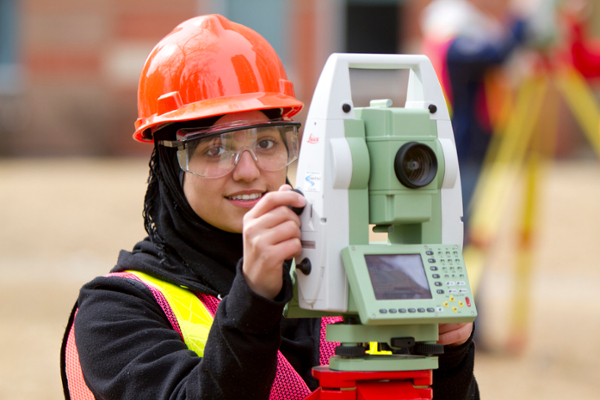
Build your own career success.
From development, design and 3D models through to structural build, operations and maintenance, all aspects of the growing field of construction are covered here at SAIT.
More than just the fundamentals of carpentry, plumbing and pipefitting, programs within our School of Construction offer the training needed for an expanding pool of tech-forward jobs in the industry, from civil engineering technology to construction project management.
Industries across the board increasingly rely on technology, and the construction sector is no different.
Here at SAIT, you can lay the foundation for a successful career with industry-driven programs focused on essential skills, cross-disciplinary learning opportunities, and cutting-edge technology, including drones, laser-scanning and 3D printing.
The technology I had access to at SAIT allowed me to turn my academic and industry training into building blocks I could use to create innovative tools for the avalanche and geotechnical industries. I learned so much by grasping all of the tools that SAIT had to offer.
Nathan Kneisel
SAIT alumnus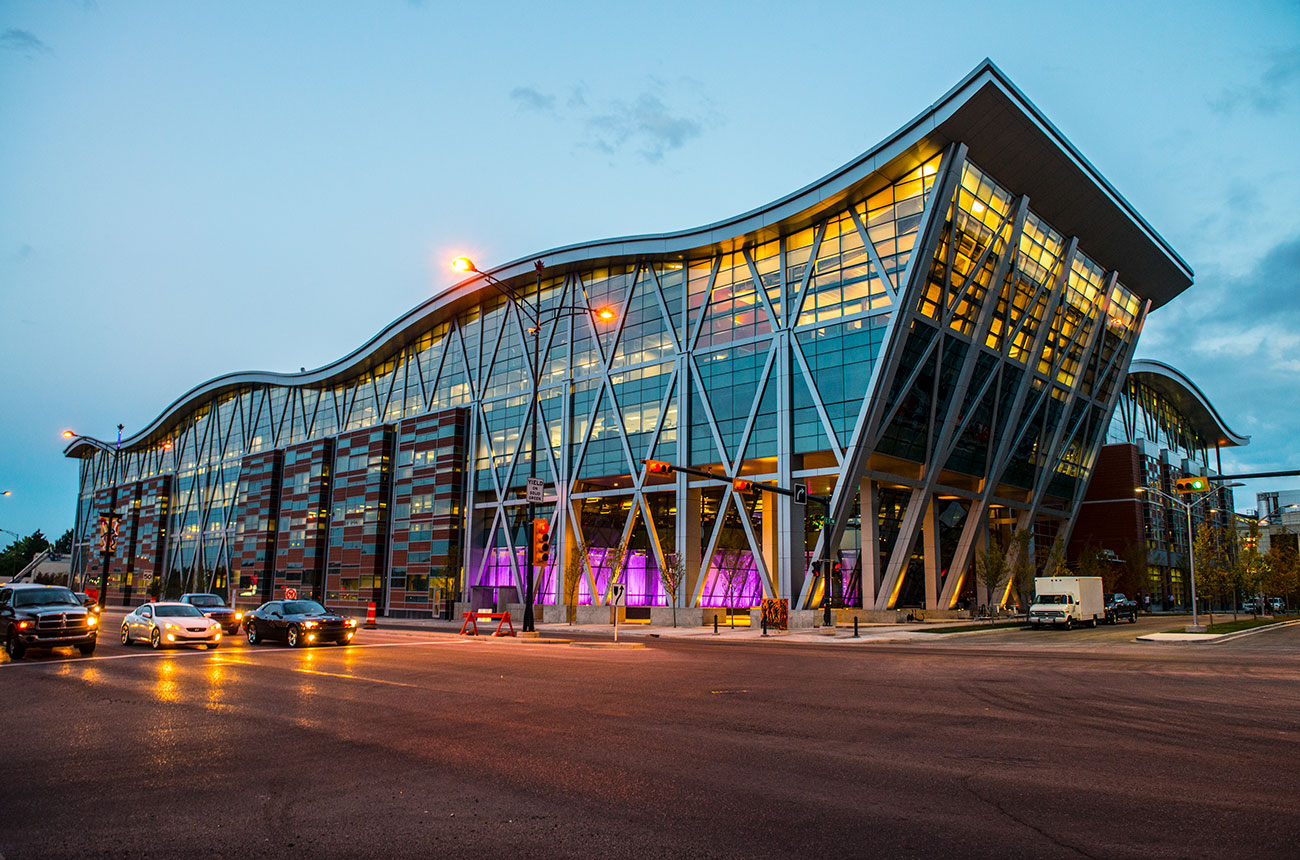
average starting salary of our graduates
graduate employment rate
Our programs
The nature of construction jobs is evolving, and so are our programs, ensuring graduates are qualified for what comes next.
Design and Project Management programs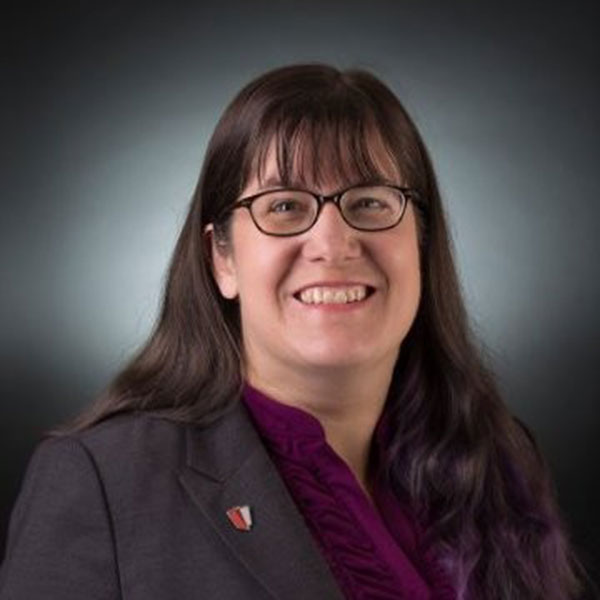
School directory
Meet our instructors and support staff, learn more about their experience and credentials, and find contact information.

Advising
Our advisors can support you with your studies, registration, meeting requirements, accessing SAIT resources, and more.
Upcoming events and information sessions
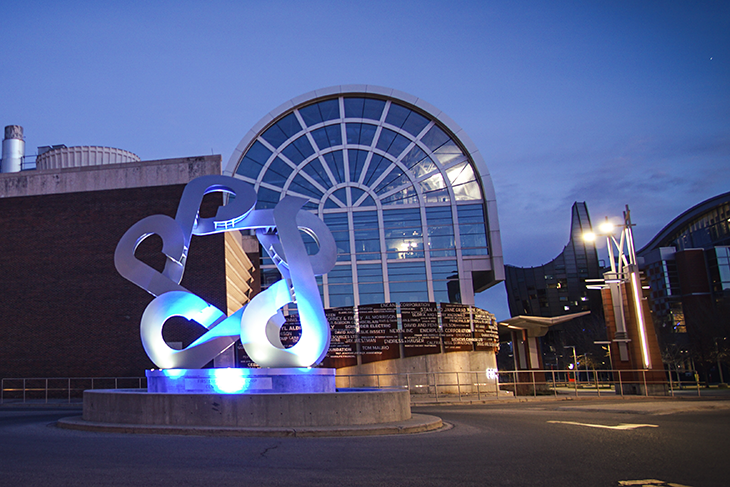
61st Annual Associated Schools of Construction International Conference 2025
SAIT’s School of Construction is proud to host the 61st Annual ASC International Conference in 2025. Join us in bridging the construction industry with academia in applied education and research.
More information coming soon!
State-of-the-art facilities
 Trades and Technology Complex
Trades and Technology Complex
The 740,000-square-foot Trades and Technology Complex is the largest campus expansion in the nearly 100-year history of SAIT. It allows more students every year to further their passions for skill-based training, primarily in energy, construction, and manufacturing.
The School of Construction primarily resides in the Aldred Centre, the largest of the three buildings at 440,000 square feet. The building is named for John and Cheryl Aldred, generous donors who helped make the facility's construction possible.
The building features soaring ceilings, multi-purpose rooms that can expand and contract as needed, and a workspace supported by a crane. All of these elements tell the story of a hard-working building designed for action.
Construction #HereAtSAIT
The latest news about our students, alumni, staff, industry partners and more.

Peek inside Santa's workshop #HereAtSAIT
With skills and expertise in trade, tech, hospitality, health and business, we have the ticket #HereatSAIT to ensure holiday cheer for Santa and his team of hard-working elves.
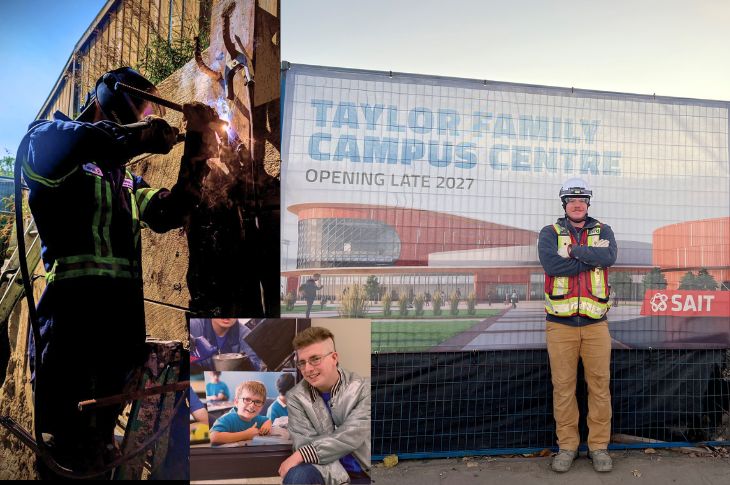
Kickstart a career in the trades while in high school
How a grad and two apprentices discovered their careers in the trades Jared, Tanner, Benjamin and Joey arrive on SAIT’s campus, each on their own individual educational journey in a trade — but all four have one very cool thing in common. All three started studying at SAIT before they even graduated high school.
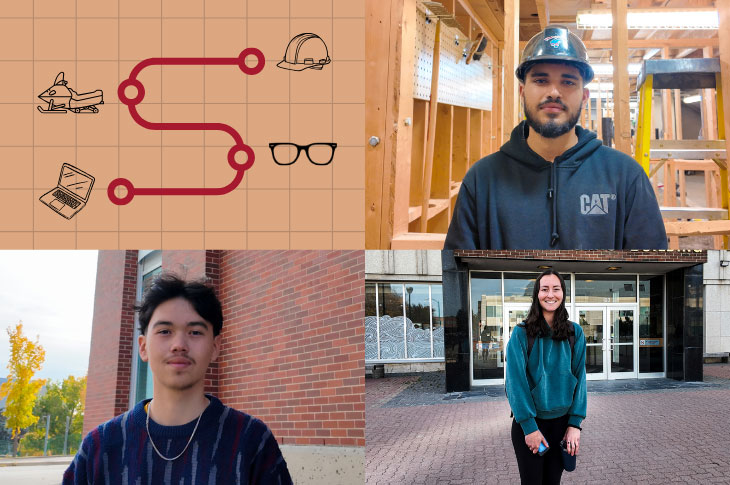
How will you start at SAIT? See how three students chose a career fit for them
TJ, Luc and Hannah found their way to SAIT for different reasons and with different career aspirations — and so can you.
Contact us
School of Construction
CB410, Aldred Centre, SAIT Main Campus
-
Phone - 403.284.8367
-
Phone - 403.210.4271 (fax)

Oki, Âba wathtech, Danit'ada, Tawnshi, Hello.
SAIT is located on the traditional territories of the Niitsitapi (Blackfoot) and the people of Treaty 7 which includes the Siksika, the Piikani, the Kainai, the Tsuut’ina and the Îyârhe Nakoda of Bearspaw, Chiniki and Goodstoney.
We are situated in an area the Blackfoot tribes traditionally called Moh’kinsstis, where the Bow River meets the Elbow River. We now call it the city of Calgary, which is also home to the Métis Nation of Alberta.